Producers
-
Description:
When our friends at Vintage ’59 Imports told us they were “dipping their toes” into Italy, we were intrigued, considering the strength of their toes elsewhere. They brought us the wines of Giuseppe Nada, a small family-run estate in the village of Treiso in Barbaresco. We tasted and, luckily, there was not much to think about: there was a “there there” that was undeniable, a transparent nonchalance in the glass with nothing overwrought. We said yes.
From Roy Cloud of Vintage ’59:
“On March 27, 1900, a forefather of Giuseppe Nada sealed a deal on a vineyard, orchard, and a small house on a steep hillside in the commune of Treiso. The vineyard was in the cru of Casot, and that forefather bought the parcel from a fellow by the name of Gaja....
...The Nada holdings in the two constitute six hectares (almost 15 acres), which is the totality of vines owned by this industrious family. These days, Giuseppe and Nella stay fit maintaining the vineyards where they do practically all of the work, while their daughter Barbara manages the office and their enologist son Enrico oversees the wine production down in the cellar....Once Enrico came on board, his keen intelligence and passionate direction allowed the family to go organic in the vineyards in 2014. They received initial certification in 2017, while the white vineyards will be certified in 2018 and 2019. In the cellar, Enrico now lets all of the red wines ferment spontaneously....
...The three towns of what is now a DOCG are Treiso, Neive, and Barbaresco. They form a triangle: Barbaresco in the west, Neive in the east, and Treiso—the smallest in acreage and highest in elevation—in the south. Innately, Barbaresco and Treiso lean toward elegance while Neive can pack more power and structure, but the differences can be readily rendered mute by the hand of man. It is worth noting, however, that if it snows, it snows first in Treiso, and Treiso’s altitudes give it the widest diurnal swings.”We are fortunate to have Giuseppe Nada’s wines in our Italian portfolio.
Image: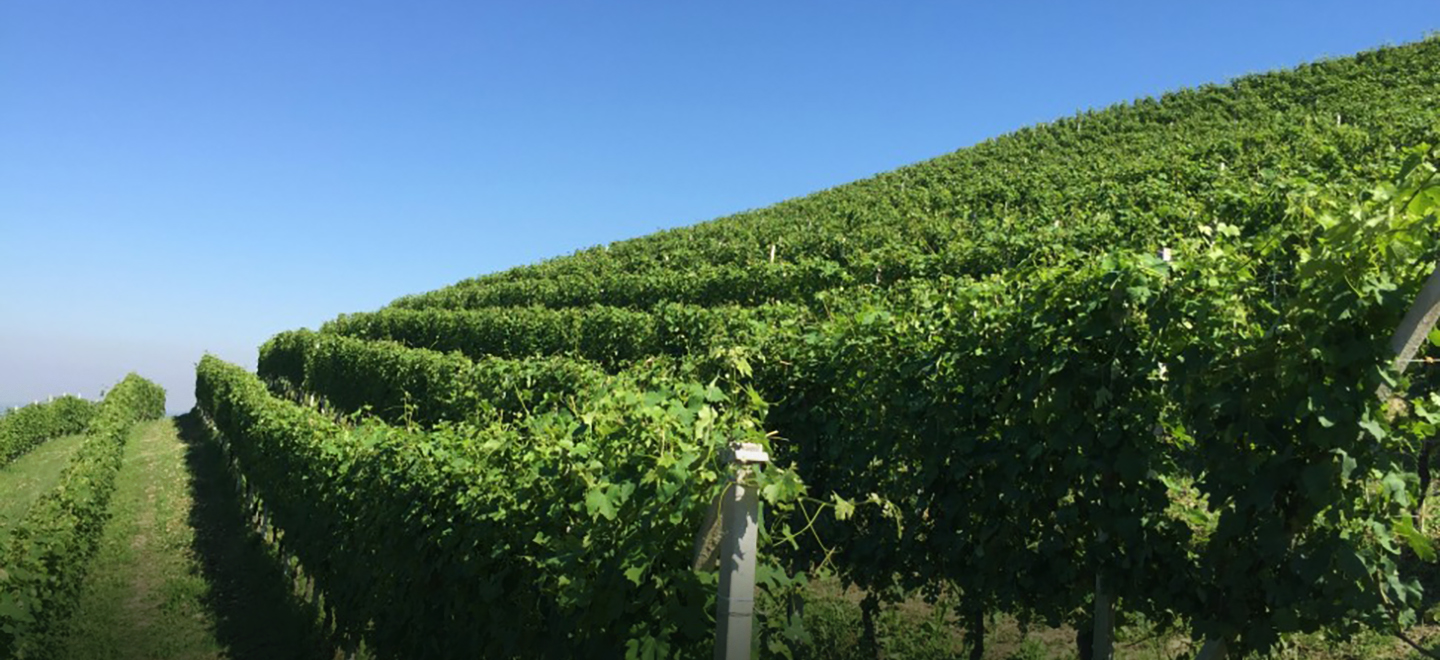 Region:
Region: -
Description:
Nalle is a small family run winery with father, mother and son all having important roles in daily operations. Doug Nalle received a masters degree in enology at U.C. Davis in 1979 and since the first vintage in 1984 Doug (now alongside his son Andrew) has refused to give in to the fashion for high alcohol, jammy zins. As a result, they remain off the radar of the mainstream wine critics and that's OK with them.
Although they also make tiny amounts of Chardonnay & Pinot Noir from Russian River, Nalle is best known for their Dry Creek Zinfandel, a classic field blend made in a traditional style. With modest alcohol levels, tasteful oak treatment, and incredible age-ability, this estate remains one of the benchmark Dry Creek Zins being made today.
The grapes come from two vineyards in the Dry Creek Valley. Their main source, just steps from the winery, is their family vineyard, Henderlong Ranch, which was planted in 1927 by Fred and Ruby Henderlong, the great grandparents of Andrew Nalle. The other, Sibary Vineyard, was planted more recently in 1999.
The winemaking for the Zinfandel is aimed towards making expressive wines rather than blockbusters. Nalle is always one of the first wineries to begin the harvest each fall and they still check every bunch by hand on a sorting table, a practice considered too time consuming for most California wineries. After sorting they undergo a three day cold soak followed by 7-14 days of fermentation on the skins, punched down 2-3 times per day. Finally the wine is aged for 11 months in 25% new French oak before bottling.
Image: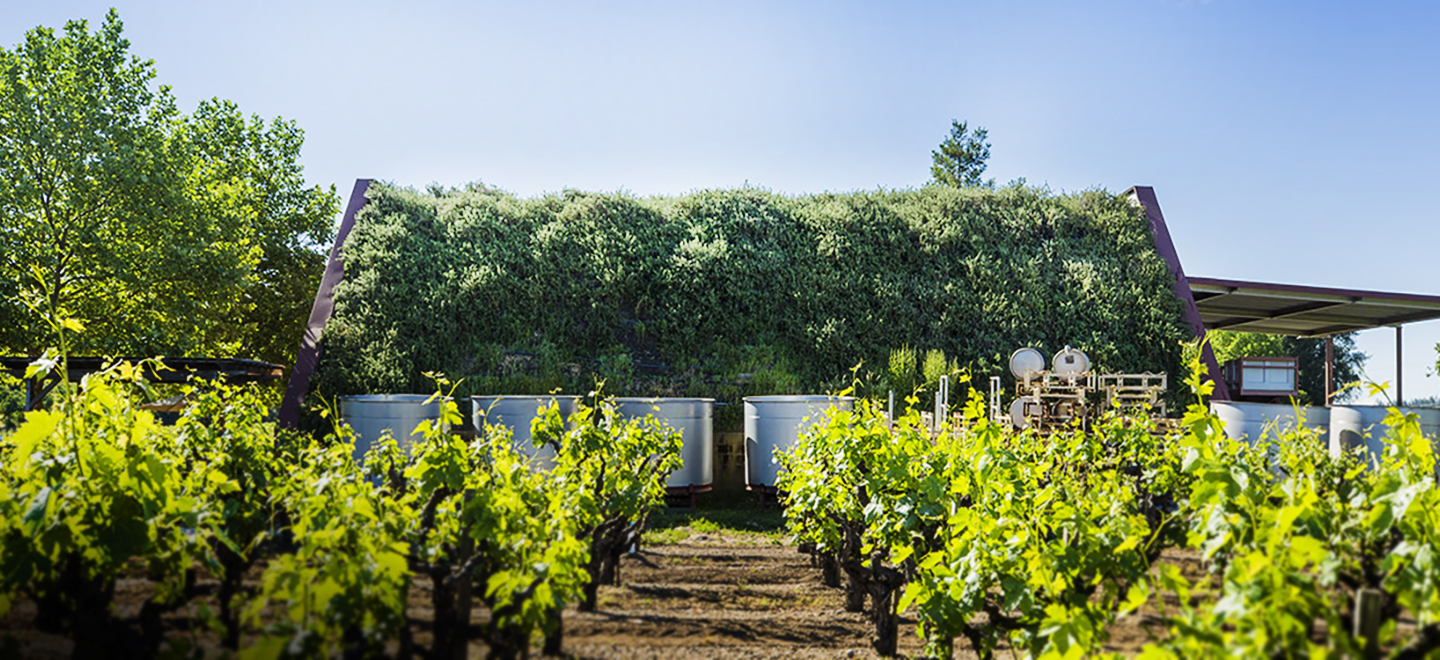 Region:
Region: -
Description:
Nicolas-Jay is a collaboration between two long-time friends - famed Burgundian winemaker Jean-Nicolas Méo of Domaine Méo-Camuzet, and visionary music entrepreneur and wine-lover Jay Boberg. In 2011, Jay approached Jean-Nicolas with the idea of starting a small winery in Oregon. Jean-Nicolas had been making wine at Méo-Camuzet for almost 25 years and was very intrigued and excited by the idea of working with Pinot Noir in a new terroir.
Knowing that the wines of Nicolas-Jay would be defined by the vineyards, Jean- Nicolas and Jay began a lengthy exploration of the Willamette Valley. They established relationships with some of the finest vineyards in the AVA, and took ownership of the Bishop Creek Vineyard in Yamhill Carlton AVA after being blown away at a tasting by the expressiveness of the site.
With a focus on freshness and balance, Nicolas-Jay is often one of the first wineries to harvest the vineyards it partners with. The grapes are 100% destemmed and pressed very slowly and at low pressures to accentuate pure fruit and a silky mouthfeel. Nicolas-Jay brings Burgundian traditions to their winemaking while aiming to express the natural elegance of Oregon’s Willamette Valley.
Image: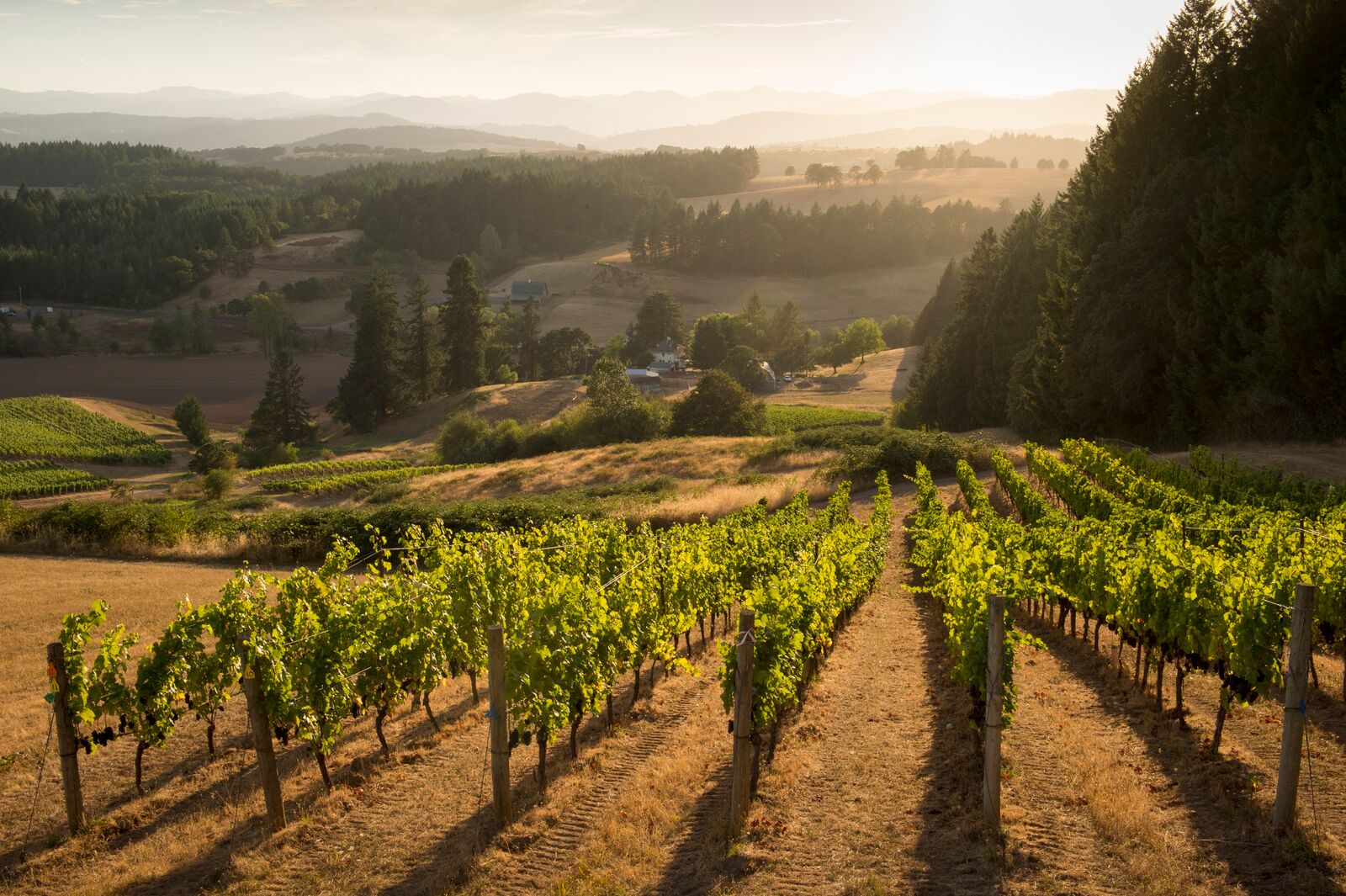 Region:
Region: -
Description:
The distillery, located approximately 3,281 feet above sea level at the foot of the Andes Mountains in the region of Colchagua, producing Nix Gin in small copper stills, ensuring maximal control of the distillation temperature and delicate handling of each of its ingredients.
Their energy-efficient processes feature state-of-the-art equipment and electronic temperature control that minimize the loss of thermal energy. All wastewater and organic waste are then efficiently treated and reused for the irrigation of flora and conservation of the surrounding nature. Their bottles are made from 90% recycled glass. Their endemic botanicals are organic and grow wild.
Master distiller, Gustavo Carvallo distills the gin in a 400-liter alembic still, where they mix the macerate together with botanicals in the gin basket. Two 50-liter stills allow him to create distillates from separate botanicals with a high degree of precision and patience, in order to best extract their essentials oils. Nix gin infuses for at least one month in stainless steel barrels at a controlled temperature, which allows the different flavors and aromas to blend together perfectly.
Nix gin uses only fresh botanicals from the Colchagua region, working with small producers and gatherers of organic botanicals and pays them fairly.Image: Region:
Region: -
Description:
Launched in 2013, this new project was inspired by the spirituality of the people who have made mezcal here since before the Pre-Columbian era. Bernardo Sada, the founder of the project, was born in Oaxaca city in 1986. An evolutionary biologist by profession, he has worked in several sustainability projects, as well as projects regarding Mexican ancestral botany and pre-Hispanic cultures. It was this work that led him into the world of mezcal production, together with Eleazar Brena, an agronomist and professor at the University of Mihuatlan in Oaxaca, where he teaches agave reforestation and ecology, and his father Don Marcos Brena, the fifth generation of his family to make mezcal. Currently 83, Don Marcos learned to cook, ferment and distill mezcal at the age of 12. He lived through the mezcal prohibition era, when he and other maestros had to make mezcal in hiding. Today, he is a shepherd, and it is on his daily 10-kilometer walk with his goats that he spots agave growing in the wilderness (agave silvestre) from which they harvest both seeds and piñas. Their company motto., “The agave is my shepherd,” is inspired by Don Marco’s life.
The mezcals are made in San Luis Amatlán in Oaxaca (the cradle of mezcal) by maestros mezcaleros who practice the secret techniques passed down to them by their forefathers. The line is based on four varieties of agave—Espadín, Tobalá, Coyote de Amatlán (also known as Madrecuixe or Madre-Cuishe) and Jabalí—specifically selected for their sustainability, a driving force behind the project. In fact, the desire to apply their scientific training to the sustainability of the production of mezcal is the primary reason Bernardo and Eleazar founded Noble Coyote.
The arid and semi-arid Amatlánes region of Oaxaca presents a favorable climate for cultivating agave, especially wild agave. They started with the cultivation of Espadín, and then began to experiment with the reforestation of wild species as a way to improve biodiversity and maintain the health of the local ecosystem. They are now pioneering the cultivation of Tobalá and Coyote as semi-wild agaves and continue to experiment with the cultivation of other wild agaves including Tepeztate. At this time, they do not believe that it is responsible to make mezcal from Tepeztate which can take up to 35 years to reach maturity.Bernardo and Eleazar frequently go out on expeditions to collect agave seeds. In their greenhouses, they germinate the seeds and care for the plants for the first two years of their lives—when they are most vulnerable—and then re-plant them in the wild. This project has been under way for more than seven years and has been very successful; others have joined the project, the ecosystem is recovering, and there is now greater agave biodiversity in the Amatlánes. This is a vast improvement over the cultivation of rows and rows of one species of agave because the latter adversely affects the communities of bees and the colonies of bats that are needed to pollinize different kinds of plants. They believe that sustainability isn’t solely about growing enough agave for their own needs., but is iInstead about re-populating the wilds, helping the ecosystem and improving biodiversity for the benefit of all.
Their commitment extends to the authenticity of their exquisite mezcals. Each bottle of Mezcal Noble Coyote identifies the maestro mezcalero that distilled it, the village in which it was made, the type of agave used identified by both its scientific name and the common name used in the place where the plants were grown, and the lot and bottle number of the particular batch. The mezcals are not aged; they believe that the mezcals “age in the plant” as the agaves live out their 8-12+ years of life soaking up the sun, air, water and earth in Oaxaca. It is the special terroir of San Luis Amatlán and San Agustín Etla that gives these mezcals their flavor. We are excited to welcome these mezcals to our portfolio.
Image: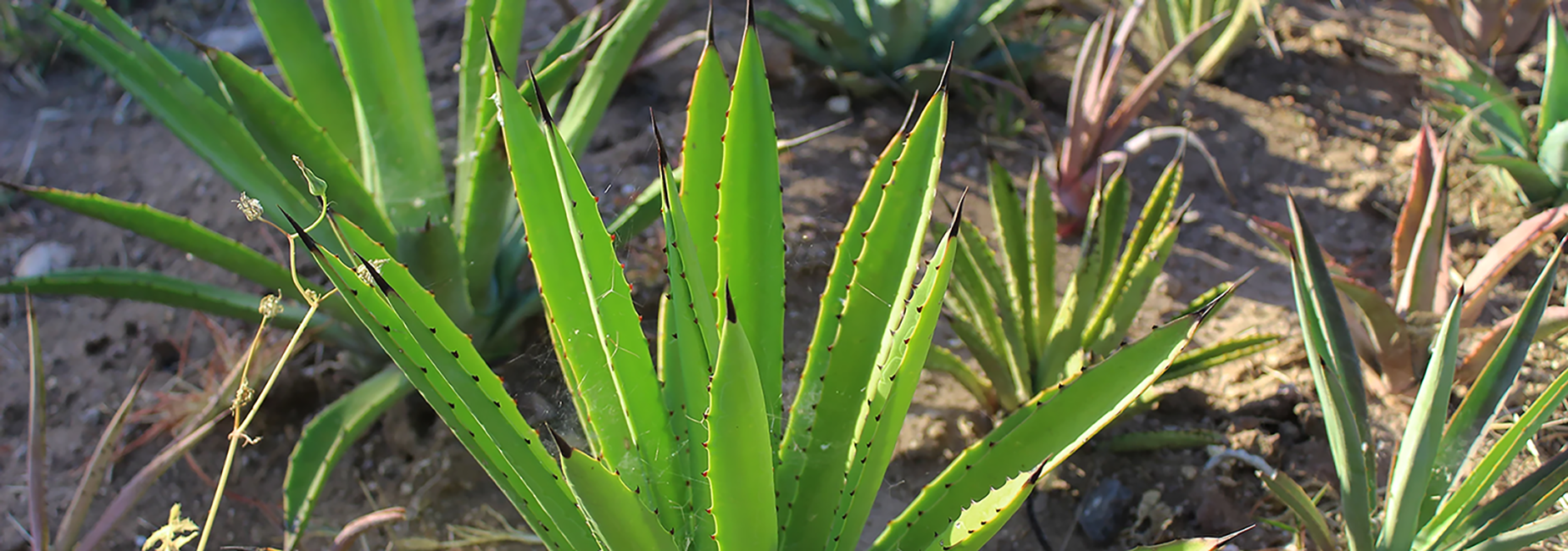 Region:
Region: -
Description:
For many years European Cellars has worked with a cooperative in the Languedoc to make Novellum from a special site that in most years had some botrytis, giving the wine weight without resorting to oak. Since that time the project has been moved to the Roussillon where Jean-Marc and Eliane Lafage have some Chardonnay planted near the Mediterranean that makes a remarkably complex and mineral version of the variety. There is no botrytis here so we resort to aging a small percentage in barrel – usually less than 30%. The remainder of the wine is aged in tank on the lees of Viognier. It remains one of the best values in Chardonnay that you can find.
This profile, including all tasting notes and photos, was edited from the European Cellars website. For more information please visit: European Cellars.
Image: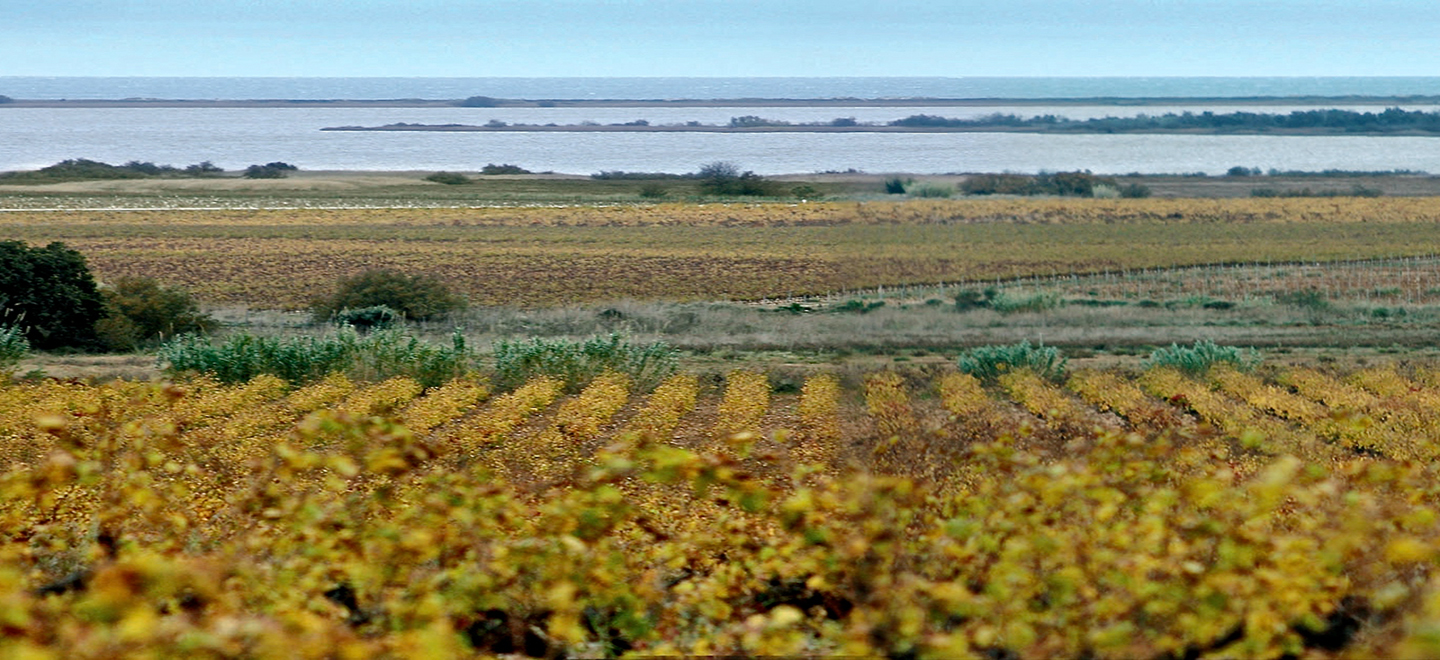 Region:
Region: -
Description:
NUKU traces its roots to a picturesque valley in Atlixco, Mexico in the state of Puebla. Located at the foot of the most active volcano in Mexico named Popocatepetl (”el Popo”), NUKU is a result of traditions learned and inherited from the best Mezcal Masters of the Poblana region.
Luis Aguilar is the Master Mezcallier, with 20 years producing experience. Luis’s four daughters are also a big part of production and sales.
NUKU’s agave fields are located within the Popocateptl Volcano Transversal a chain of active and inactive volcanoes in Puebla, 20,000 years ago, a volcanic eruption occurred on these lands, creating soil rich with nutrients like silica and potassium, which are vital for the development of the leaf and the heart of the agave. This volcanic earth also contains obsidian lava rock, which produces a naturally aerated soil that the roots of the agave plant can easily penetrate. The agave can take up to 7 years to mature. The high subsoil microporosity encourages root vegetables including potatoes, carrots, onions, turnips and swedes, to expand without limit in a freely drained subsoil environment that’s why Agaves are sweet and rich in vitamins. With proper management volcanic ash soils are capable of high productivity and long-term agricultural and environmental sustainability. Making for a lighter fruitier style of Mezcal.
Image: Region:
Region: -
Description:
Nusserhof is situated in the South Tyrol mountains of the Alto Adige in extreme northern Italy, actually right in the regional capital city of Bolzano. It is owned by Heinrich and Elda Mayr, the family having worked the same land going back at least as far as 1788. Bolzano has grown explosively since WWII and has enveloped their property. The encroachment of civilization has certainly impacted but not deterred them. The winery’s name means “nut farm”, for the old walnut trees which used to line the path by the Mayrs’ house (until being cut down to make way for a bikeway). The wines feature indigenous local varieties exclusively.
The main vineyard is 2.4 hectares surrounding the family home. Here the Mayrs grow Lagrein, Teroldego and Blatterle. It is a flat site of sandy alluvial soils near the Isarco River. The farming is certified organic and the harvest is by hand. The vines are trained on wires, mainly in Guyot (plus a little in Casarsa). The family also owns one very small parcel 3 kilometers from Nusserhof: it is small, steep, rich in decomposed porphyry and is home to old, pergola-trained Schiava vines. The climate in the Alto Adige is warm due to the high elevation under the alpine sun, though balanced by cold nights throughout the growing season.
The cellar work is straightforward and traditional. Fermentation is natural. There is no temperature control. The reds are made with long macerations and long aging--a minimum of two and a half years—in French oak botti. All are then aged in bottle for at least two years before release. The ancient Lagrein grape is the mainstay. Nusserhof features its naturally dark, smoky, tannic, woodland-berry character to its fullest, never having succumbed to the fashion of more “international” style for this big red like many producers did in the 1970’s and 80’s; their Teroldego and Schiava are made in a similarly unadorned style. Historically, Lagrein was used mainly for rosato, not red, which is done here as well in a late-release, botti-aged version. Their tank-aged white from the Blatterle grape is a true rarity, a nearly extinct variety with plantings of only 1.5 hectares left in existence, Nusserhof being the largest of the 3 growers of it.
The Mayrs continue to defy urban development and to produce singular, pure wines reflecting the true character of the Alto Adige’s native varieties. Wine critic Antonio Galloni summed it up well: "Nusserhof is one of the most remarkable estates I have ever visited. Located right in the center of Bolzano, it looks as if this bustling, growing city is literally going to gobble up the estate in any minute...Within the vineyards, all is calm. The fruit I tasted… is a testament to just how special this site is. And the wines? Well, they are pretty special, too…Nusserhof remains one of the stars not just of Alto Adige, but of Italy."
Image: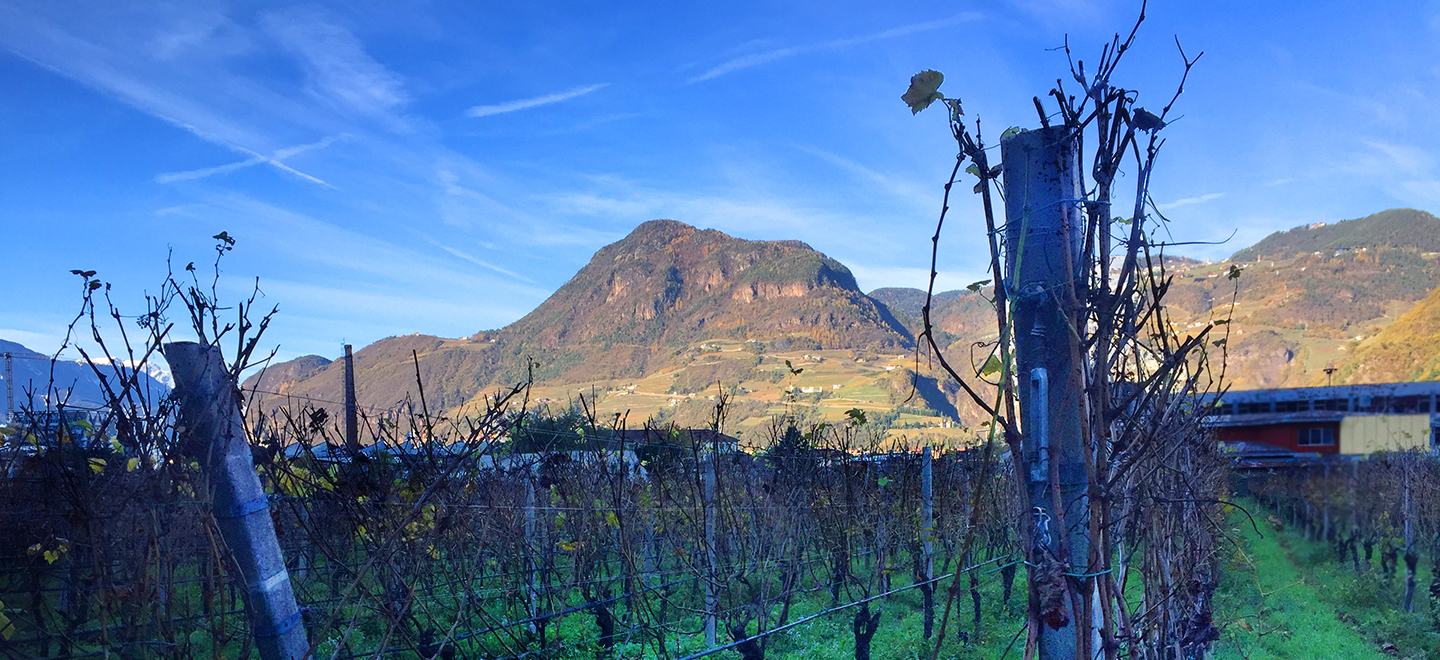 Region:
Region: -
Description:
Thank you to importer Louis/Dressner for thie profile of Occhipinti:
(Click here for more on Occhipinti from Louis/Dressner and here for Occhipinti's website)
In 2006, Joe and Kevin fell in love with the wines of an unassuming 24 year old showing her first vintage at an Italian wine fair. Today, Arianna Occhipinti has become a seminal figure for a new generation of wine lovers. Her rise to prominence has been meteoric, and rightfully so: anyone who has ever met Ari will instantly vouch for her charming personality and seemingly boundless energy.
Arianna is the niece of Giusto Occhpinti, whose COS wines are undisputedly amongst the very best of Sicily. In 1998, Giusto invited her to help him out at Vinitaly for four days. Arianna was 16 at the time and knew nothing about wine; the experience was such a good one that she decided to study viticulture and oenology in university. This quickly proved counter-intuitive, since everything she had learned from her uncle (organic viticulture, hand-harvesting, native yeast fermentations) clashed with what she was being taught in school.
Undeterred, Arianna started making her own wine with just one hectare of abandoned vines in the commune of Vittoria. Over the years, she has progressively expanded the estate by replanting 10 hectares of the region's indigenous Frappato and Nero D'Avola in selection massale. A few years later, she was able to start renting 50 year old Frappato and 45 year old Nero D'Avola vines, both independently bottled as single varietal/vineyard cuvées. In 2012, an additional eight hectares of 19 year old vines were acquired, which for the time being will be used to produce more of her "SP68".
Continually pushing things forward, Arianna built herself a new cellar in 2014, a huge step up from the cramped, chaotic space she used to work in. Besides the obvious advantage of having more space, it has permitted Arianna to start a new regiment of concrete fermentation and aging for both "SP68"'s, which used to to be produced in stainless steel and fiberglass. Some of the tanks are glass lined, some aren't. They are all 2mx2m, and with the way they are set up, the juice can be worked by gravity.
Image: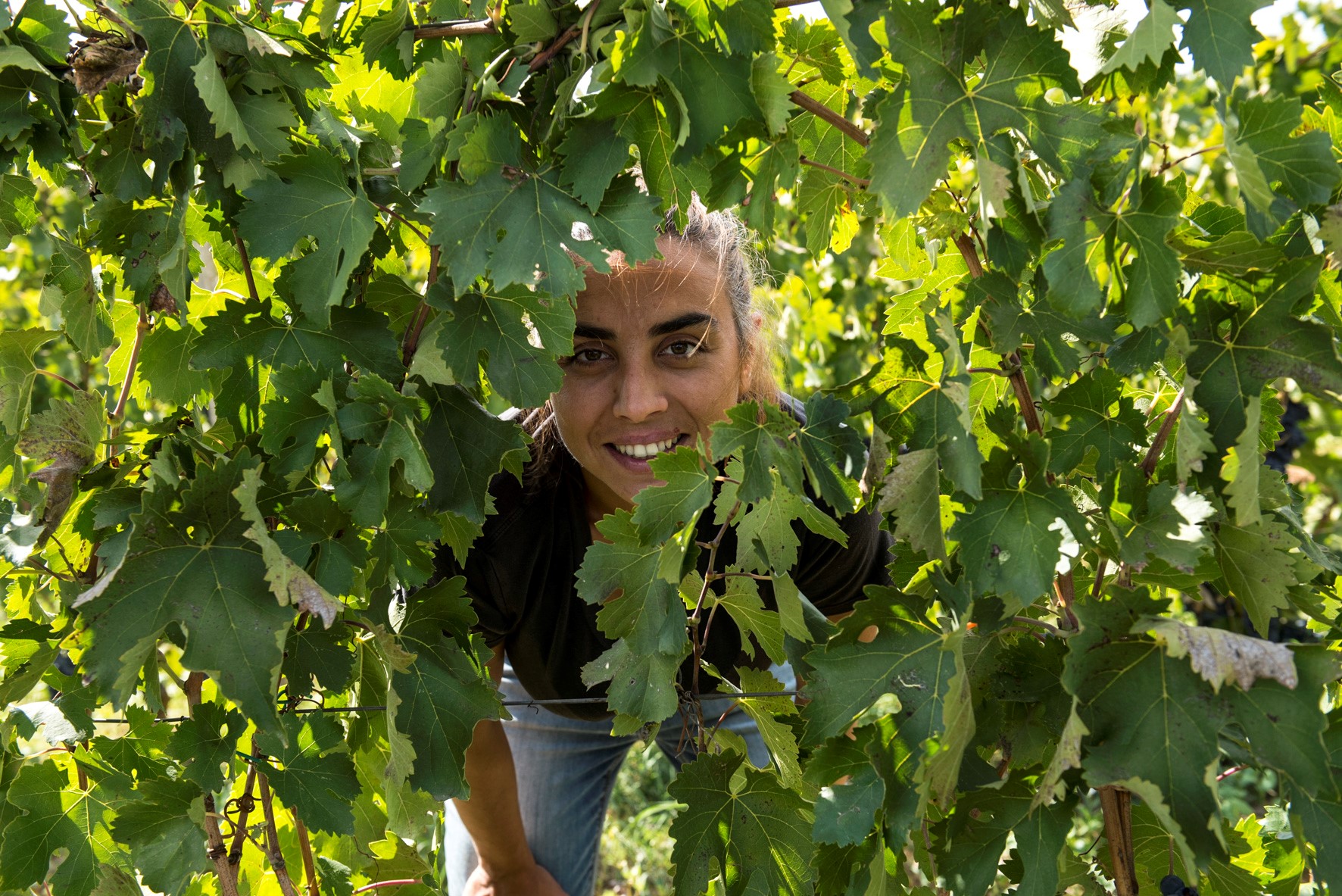 Region:
Region: -
Description:
Olivier was born and raised south of Bordeaux, in Cognac. He studied enology in Montagne St-Emilion, focusing on biodynamic farming and cut his teeth working for such luminaries as Domaine de Chassorney, Elian da Ros and Domaine Leroy. In 2004 he was lured into Spain by Telmo Rodriguez to help him convert his vineyards to biodynamics. By 2006 he had started his first project in Rioja.
Coming from France, Olivier has an innate sense of terroir. Unlike many of his peers in Rioja, he bases his cuvées not on political boundaries or the length of barrel aging but on terroir. He believes in a quality hierarchy inspired by Burgundy with generic Appellation and Village wines at the base and Premier and Grand cru wines at the top. This is how to best understand what Olivier is doing in Rioja, rather than the traditional Crianza, Reserva, Gran Reserva model. As Olivier has steadily and carefully grown his production, he’s been hampered by the high prices for land and grapes in Rioja. As a result, he ventured into Arlanza; a relatively new DO located between Rioja and Ribera del Duero. In Arlanza, he found high-elevation vineyards of Tempranillo (some quite ancient) intermixed with a scattering of Garnacha and Albillo. This mountain fruit is potentially sterner stuff than what Olivier had grown accustomed to in Rioja, but it is remarkably vibrant and complex in his hands.
In keeping with his education and avocation, nearly all of Olivier’s vineyard sources – whether owned or leased – are farmed organically with biodynamic practices. The fruit is harvested by hand, and each variety is fermented separately. Depending on the source, it may be partially destemmed or fermented whole cluster. Fermentations are with indigenous yeasts. Macerations are gentle and short. Aging takes place in stainless steel or cement tanks, foudre, and barrel. SO2 is kept to a minimum, usually added only before bottling.
These wines represent a novel approach that relies almost entirely on the specificity of site and the transparency of his winemaking necessary to capture it.This profile and tasting notes were edited from the European Cellars website, along with the pictures used. For more information please visit: European Cellars.
Image: Region:
Region: